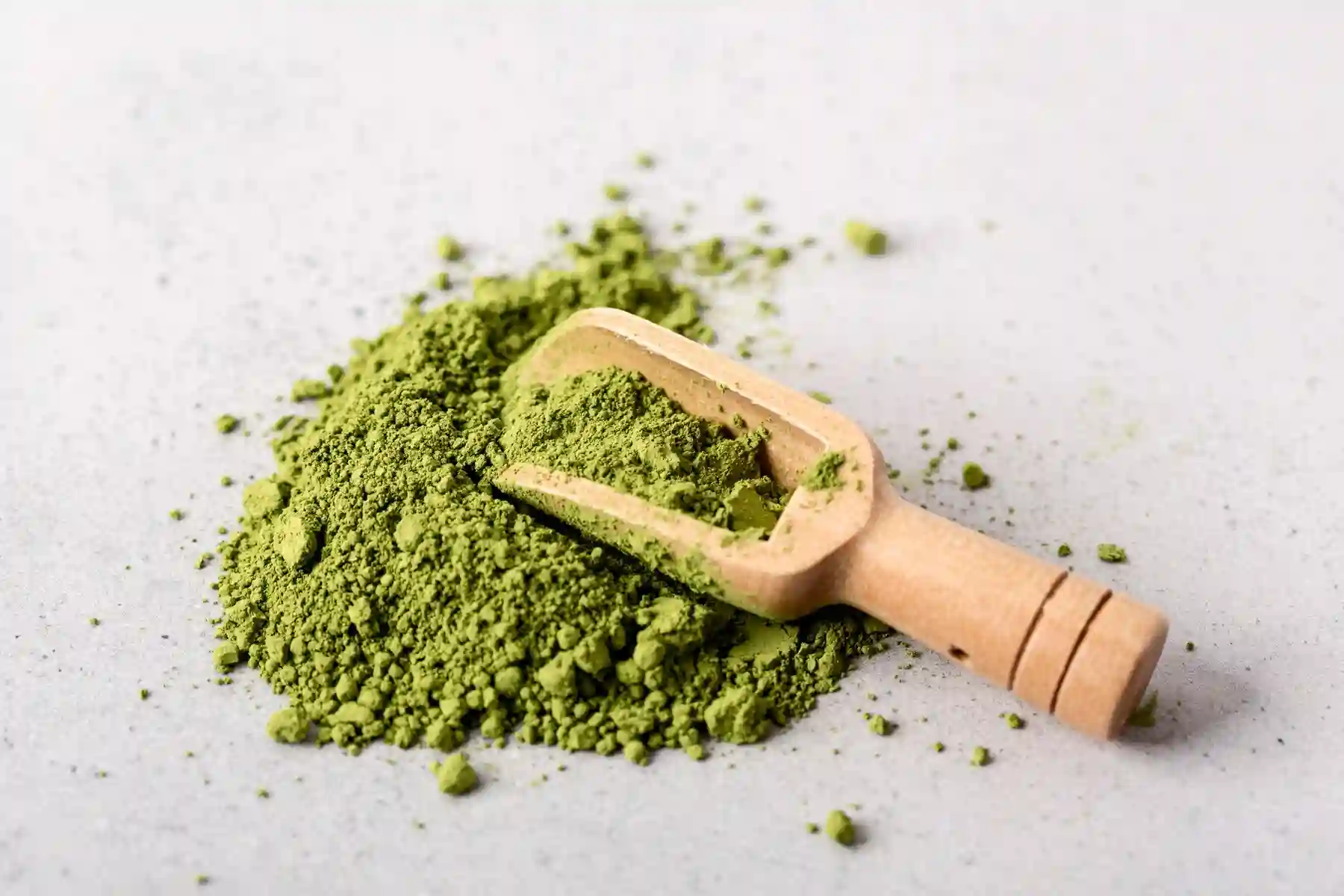Maeng Da. Bali. White Borneo. Green Hulu.
Kratom strain names sound exotic, sure, but also mysterious and confusing. What do they actually mean? Do they come from different regions? Are their effects really that different?
Let’s break it down starting with the basics.
Fact: All kratom strains come from the same plant: Mitragyna speciosa.
No matter the name, color, or vendor, it’s all the same species of tree. There are no genetic differences between “White Maeng Da” and “Red Bali.”
Myth: If it says “Bali” or “Borneo,” that’s where it was grown.
Not necessarily. Most kratom on the global market is grown in Indonesia, even if the label says Thai, Malay, or Borneo. These names often reflect effect profiles or historical naming traditions more than actual geography.
So Why Are There So Many Strains?
And what actually makes them different?
Let’s rewind.
Kratom Before Commercialization
Traditionally, kratom was just kratom. People chewed fresh leaves from local trees and felt a mix of energy, calm, relief, and mood enhancement. No colors, no names, just the leaf.
But as kratom entered global markets, farmers and suppliers began refining how they harvested and processed the plant. That’s when the differences began to emerge.
How Colors Came to Be
Farmers noticed that kratom leaves change as they mature:
- White Vein – younger leaves
- Green Vein – mid-stage
- Red Vein – fully mature
While all kratom powder is naturally green, drying techniques influence both the effects and the color of the powder:
- Sun-dried
- Indoor-dried
- Fermented
Different methods preserve different alkaloids. At one point, farmers realized they could mimic the look and feel of red vein kratom by using red-drying methods on premature leaves. It worked especially when mature leaf supply ran dry. From then on, processing became as important as the leaf’s age.
The Role of Region (Sort Of)
Does geography matter? Yes, environmental factors like soil, rainfall, season and sunlight exposure affect alkaloid development. Some places produce better, more distinct kratom than others.
But here’s the catch: once harvested, most kratom passes through centralized hubs, where it’s pooled, processed, and rebranded. The second half of most strain names Bali, Malay, Hulu, Borneo—is more symbolic because there’s no reliable way to verify where the leaf was originally grown.
Where We Are Today
Modern lab testing has identified dozens of active alkaloids in kratom. The best known:
- Mitragynine – energizing, mood-lifting
- 7-Hydroxymitragynine – more sedating, analgesic
These alkaloids fluctuate based on:
- Leaf Maturity at Time of Harvest
- Drying method
- Regional climate & Season
- Post-processing
- Blending practices
Even if you buy the same strain name, if it’s from a new batch, it will have a different alkaloid profile from the last one.
Fun fact: When mitragynine is metabolized in the body, some of it converts into 7-Hydroxymitragynine!
Key Takeaways
- All kratom strains come from the same plant.
- Strain names don’t guarantee origin or consistent effects.
- Colors mostly reflect drying techniques—not just maturity.
- Alkaloid content varies significantly from batch to batch.
How Mount Kratom Approaches It
We’re not here to sell myths. We’re here to deliver quality you can count on. Here’s what we do differently:
- We source from multiple trusted farms in small batches.
- We lab test every batch for mitragynine and 7-OH levels.
- We craft in-house blends based on effect profile, not just color or name.
- We don’t pretend to verify what can’t be verified. What we can test, we test. What we can’t, we’re transparent about.
Because in an industry shaped by tradition and trust, truth is our standard.
What does “Premium Wild” mean? Is it really wild?
We label some strains “Premium Grade” based on our supplier’s claim that the leaf is harvested from wild-grown trees in more remote areas.
We can’t verify if the trees are truly wild-grown, but here’s what we can verify:
- These batches consistently test above average in mitragynine content
- We continue to source from them because the performance justifies the price
- They come from a more expensive supplier with higher standards
It’s not about the name.
It’s about the outcome.
How to Find a Strain That Works For You
You don’t have to chase names or read 50 articles comparing Green Maeng Da to every other strain.
Here’s how to start:
- Choose a vendor – Look for one with a good reputation that offers third-party lab testing.
- Order a few samples – Ideally one of each vein color (Red, Green, White).
- Test them out – Start slow. Take notes. Pay attention to how you feel.
Simple Recommendations:
- Trouble sleeping or feeling tense? → Red Vein
- Need focus or clean energy? → White Vein
- Want balance and versatility? → Green Vein
Once you find what works, stick with that strain and vendor.
If you change vendors, repeat the process—because the name alone won’t guarantee the same experience.
Final Word
Strain names are helpful, but they’re not the whole story.
Quality matters. Testing matters. Your experience matters.
Ready to find what works for you, without the guesswork?
Try Mount Kratom Sample Packs





